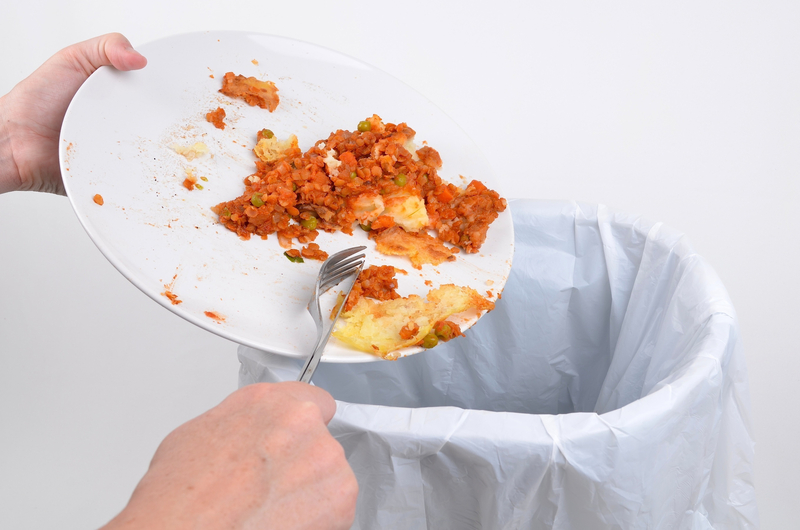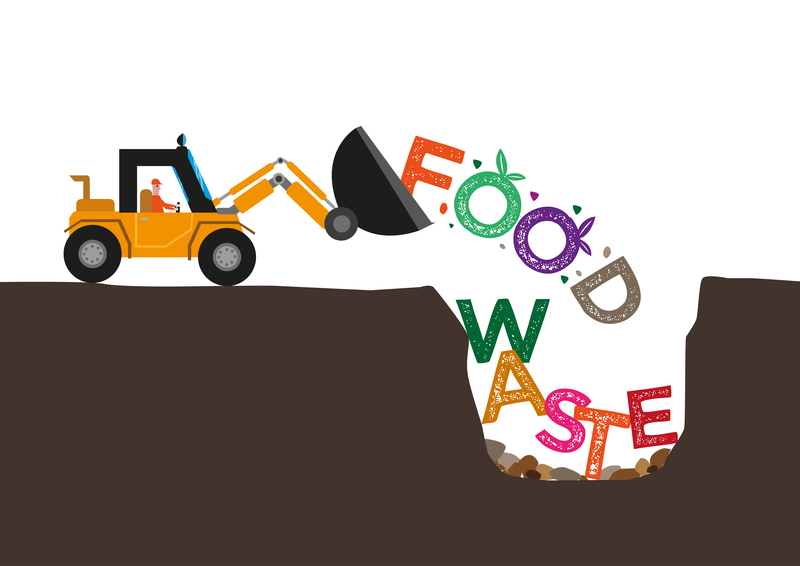Reuse for a Sustainable Future
Posted on 13/05/2025
In a world grappling with climate change, resource depletion, and widespread pollution, finding sustainable solutions has never been more critical. One of the most effective strategies we have at our disposal is the principle of reuse. By rethinking our consumption habits and valuing the longevity of products, we can significantly reduce our environmental footprint. This article delves into the importance of reuse, offering tips, takeaways, and weighing the pros and cons.
Understanding Reuse
Reuse entails using an item more than once in its original or an alternative form. Unlike recycling, which requires processing materials, reuse extends the life of products with minimal environmental impact. By prioritizing durability and multiple applications, reuse conserves resources and lowers waste.

The Need for Reuse
The demand for new products piles immense pressure on natural resources and ecosystems. Production processes often involve energy-intensive and polluting practices, contributing to greenhouse gas emissions. Reuse mitigates these issues by reducing the demand for new raw materials and lowering the volume of waste products.
Environmental Benefits
The overarching benefit of reuse is its positive environmental impact. By reusing items, we:
- Conserve natural resources: Using items multiple times reduces the need for extracting and processing raw materials.
- Reduce waste generation: Extending product life keeps goods out of landfills and reduces the volume of waste managed by municipalities.
- Lower carbon footprint: Lower demand for new products and materials translates to reduced emissions linked to manufacturing and transportation.
Social and Economic Benefits
Reuse extends beyond environmental impacts to offer social and economic gains:
- Cost savings: Consumers save money by repairing and creatively repurposing items instead of constantly buying new ones.
- Job creation: Industries focused on repair, refurbishment, and resale generate employment opportunities.
- Promoting creativity: Upcycling and repurposing foster innovation and creative problem-solving skills within communities.
Challenges and Drawbacks
While reuse offers numerous benefits, it also comes with challenges:
- Quality and functionality: Reused or repurposed items might not always match the performance of new products.
- Consumer mindset: Convincing people to choose reused products over new ones requires a shift in consumer culture and habits.
- Health and safety concerns: There might be risks associated with reusing certain items, especially if they are not properly sanitized or refurbished.
Practical Tips for Effective Reuse
Incorporating reuse into your daily life doesn't have to be complicated. Here are some practical tips:
- Repurpose creatively: Use jars as storage containers, old t-shirts as cleaning rags, and furniture for DIY projects.
- Buy second-hand: Opt for pre-owned goods from thrift stores, online marketplaces, and garage sales.
- Repair and maintain: Regularly maintain and repair your possessions to extend their lifespan.
- Donate: Give items you no longer need to charities or community groups.
- Share and borrow: Participate in community sharing networks and borrow items you need infrequently.

Takeaways
- Reuse as a priority: By making reuse a fundamental part of our lifestyle, we contribute to a sustainable future.
- Community involvement: Get involved in local initiatives that promote reuse and share your practices with others.
- Education: Educate yourself and others on the environmental, social, and economic benefits of reuse.
Conclusion
Incorporating reuse into our daily lives is imperative for achieving a sustainable future. The environmental, social, and economic benefits far outweigh the challenges, making it a practical and impactful choice for everyone. By adopting reuse practices, we take significant strides toward reducing our environmental footprint, conserving resources, and creating a positive ripple effect across communities. The small efforts we make today will yield substantial benefits for future generations.

 020 3744 5712
020 3744 5712













